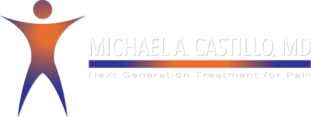Healthy Eating for Pain Management
What we eat is a huge part of our health. If all we consume is junk, we won’t be very healthy. Healthy eating is about variety and moderation. And in the case of chronic pain patients, what you eat can affect pain symptoms; processed foods, non-healthy fats, and greasy food can actually exacerbate pain symptoms. […]
 Skip to content
Skip to content
